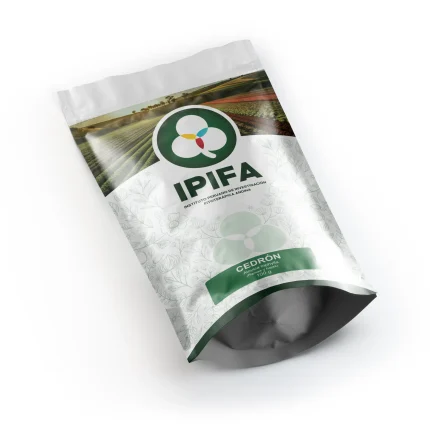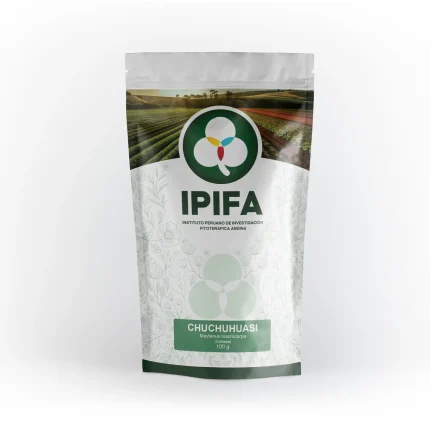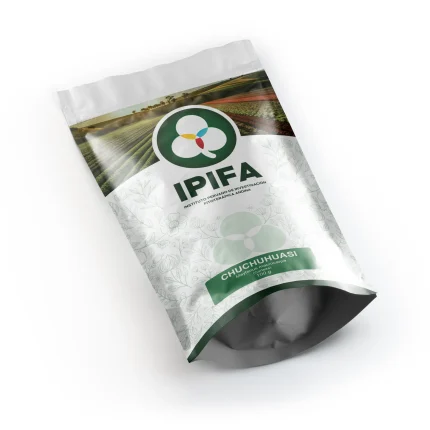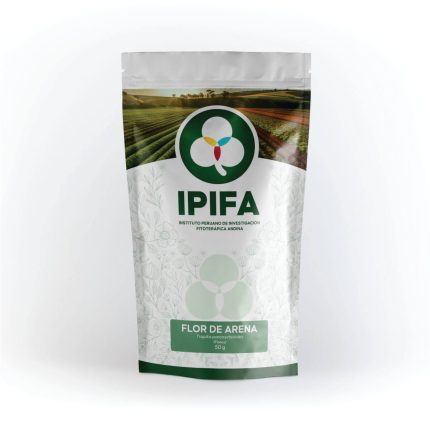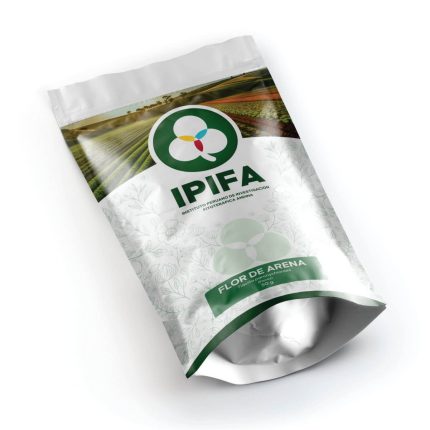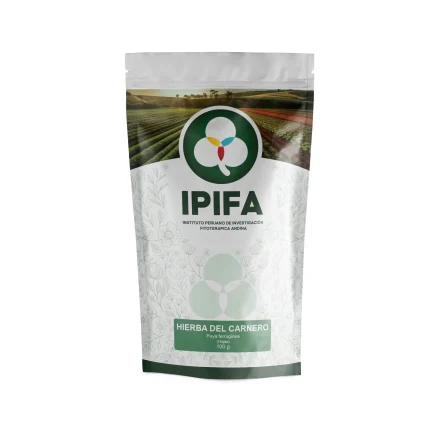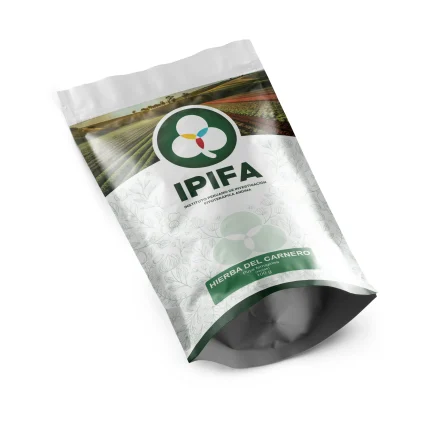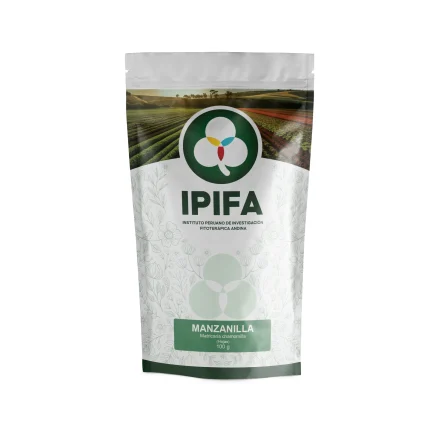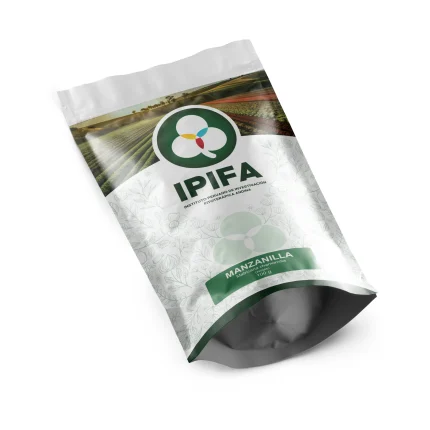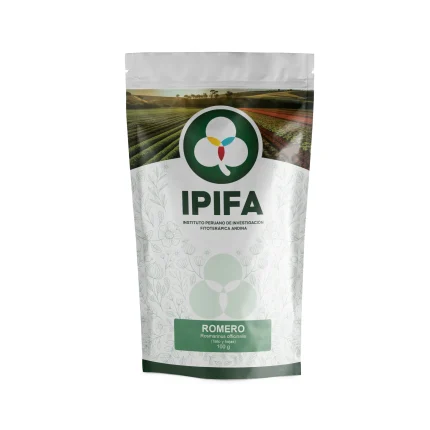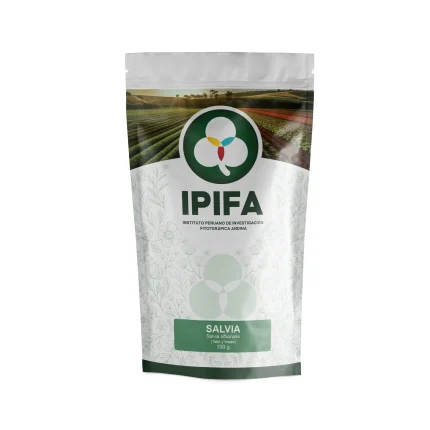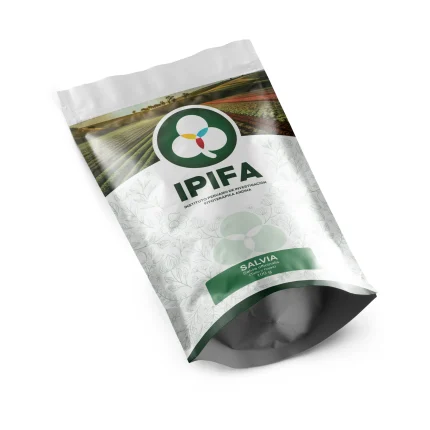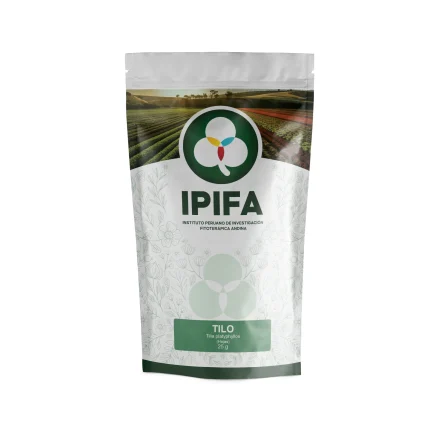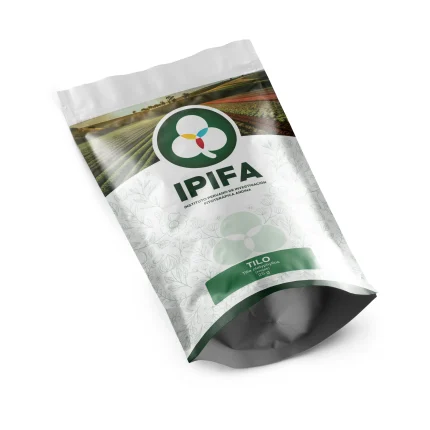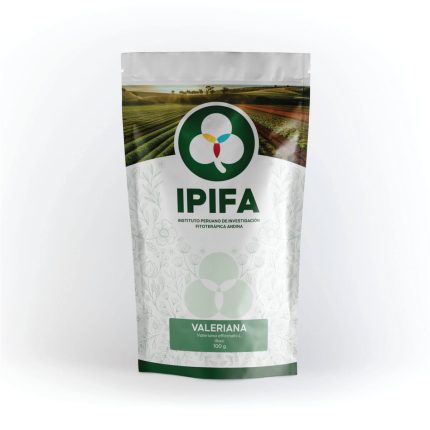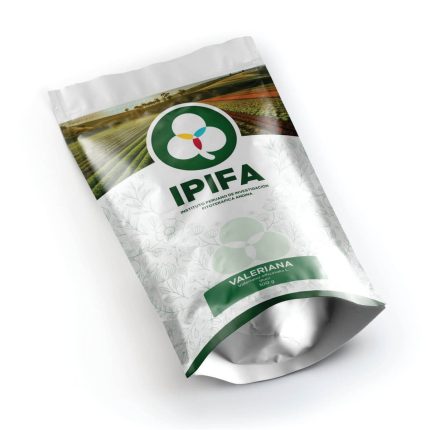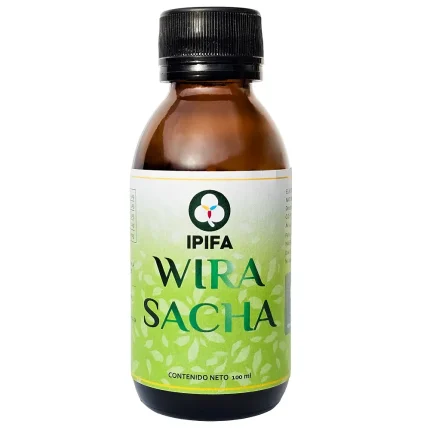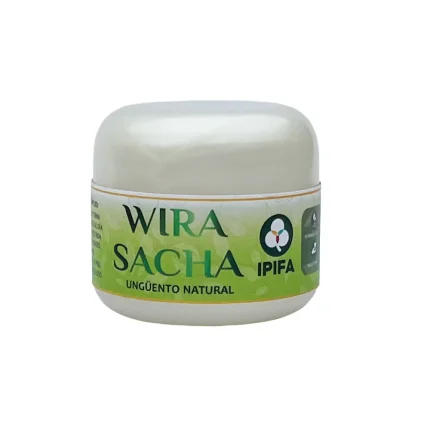SAND FLOWER
The Sand Flower, Tiquilia paranychioidesis a creeping herbaceous plant, a plant that lacks woody stems, with a horizontal growth, which can reach lengths of up to 60 meters, growing at ground level. It is distinguished by having tiny pilosities, among which stand out small white flowers with 5 petals. It belongs to the Boraginaceae family, also called "forget-me-nots". This family shares the presence of polyphenols, flavonoids and alkaloids among its secondary metabolites. The Tiquilia paranychioides (sand flower) is a plant endemic to Peru, i.e., it only grows in Peru, despite the fact that the genus Tiquilla It is also present in the coastal areas of southern Ecuador, Peru and northern Chile. Preferably in clayey, sandy or desert soils at altitudes between 30 to 500 meters above sea level. We can find sand flowerin Tacna, Lima, Ica and several coastal departments.
Tiquilia paranychioides (sand flower) has as secondary metabolitesIt contains a considerable amount of flavonoids, tannins, fatty acids, polyphenols, steroids, among others. Which under various configurations with each other, give it all its properties. medicinal properties. Among these we can find the anti-inflammatoryone that is closely linked to the antirheumaticfor this is the inflammation of the synovial fluid contained in the jointsThe following properties must also be taken into account diuretics, purifying, antibacterial, antioxidants y analgesics.
Presentation:
Each bag is 80g.
VALERIANA
The Valerian, Valeriana officinalis is a tall perennial herb that reaches 170 centimeters in height, with annual floral renewal. Characteristically the flowers are in the form of a slightly pinkish bouquet with small, flake-shaped flowers. It is part of the family of caprifoliaceaewith which it shares the characteristics of having alkaloids, lignans and tannins in common, which give them various medicinal properties. It can be found Valerian Valeriana officinalis in various parts of the world, both in Asia and Europe as a human crop, but in South America it is found wild in forests and meadows in humid and warm climates. At Peru we can find Valerian in the Suni altitudinal level, i.e., from 3000 to 3900 meters above sea level, in the departments of Cuzco, Huánuco, Cajamarca, etc.
At the Valerian, Valeriana officinalisproperties are attributed to it. relaxantswhich allows it to help in the face of the headachesdecrease the menstrual crampsto combat the anxiety and decrease the hypertension. In addition, it is known to have the following capabilities carminativei.e., it helps to to reduce fumes people with gastrointestinal problems. These properties are due to the lignans, tannins, alkaloids, terpenoids and free amino acids it possesses. Although the exact mechanism has not yet been discovered, it is known that its secondary metabolites do not act individually, but rather all the secondary metabolites of the plant. therapeutic properties are provided thanks to the conjugation of these, contained in infusions or extracts and tinctures.
Presentation:
Each bag is 80g.


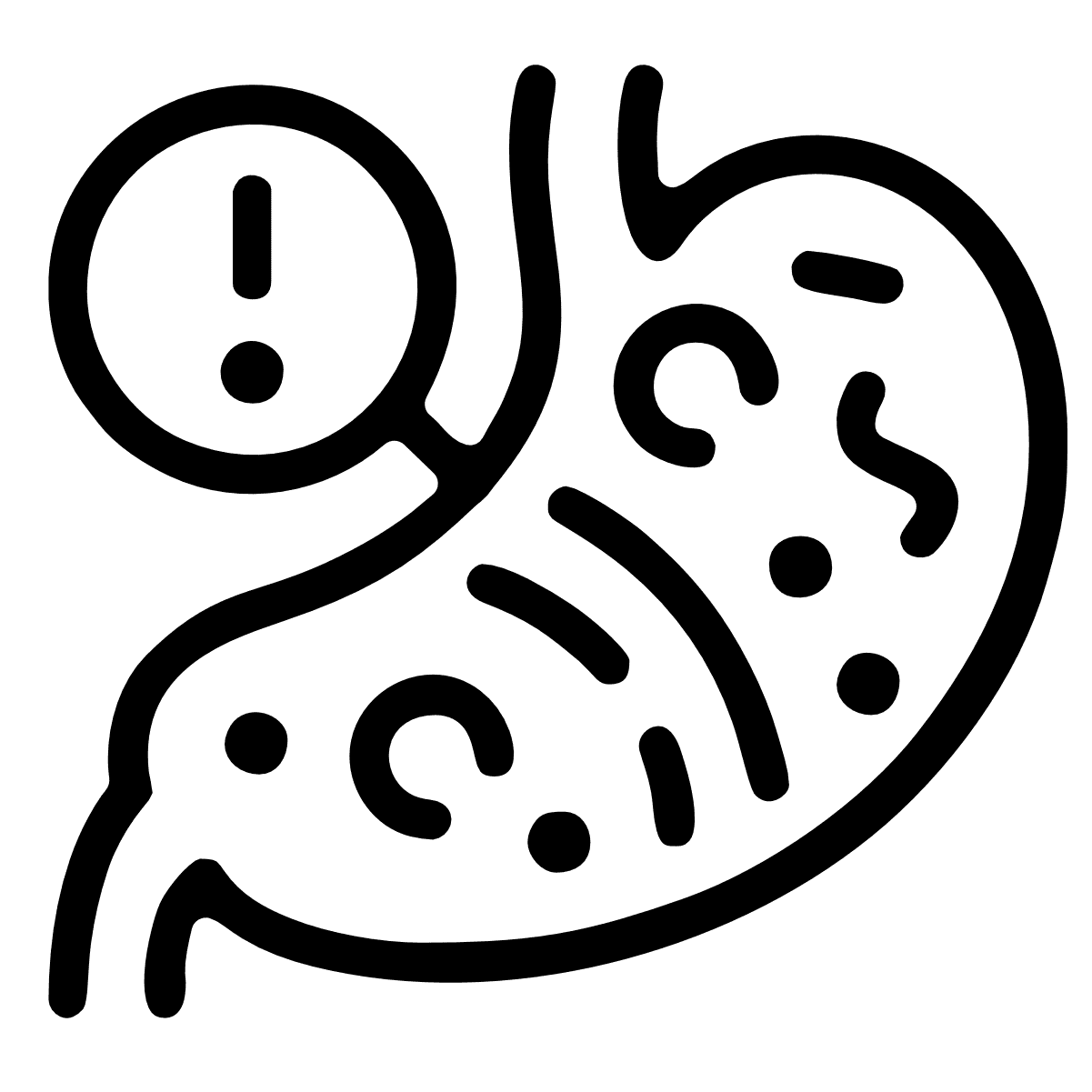 Purification kit
Purification kit  Relaxing kit
Relaxing kit  Respiratory kit
Respiratory kit  Antitumor
Antitumor 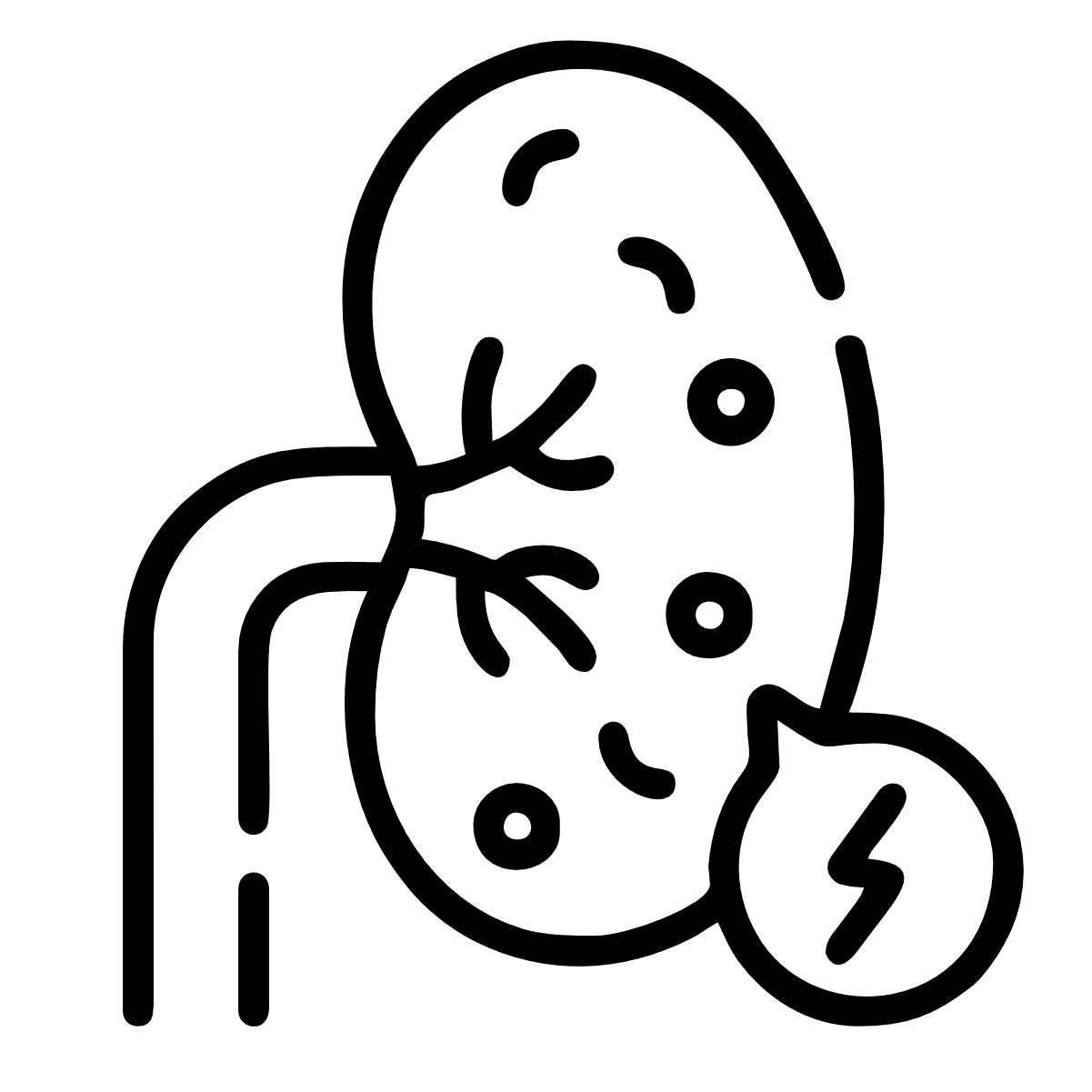 Kidney stones
Kidney stones  Blood circulation
Blood circulation  Cholesterol
Cholesterol 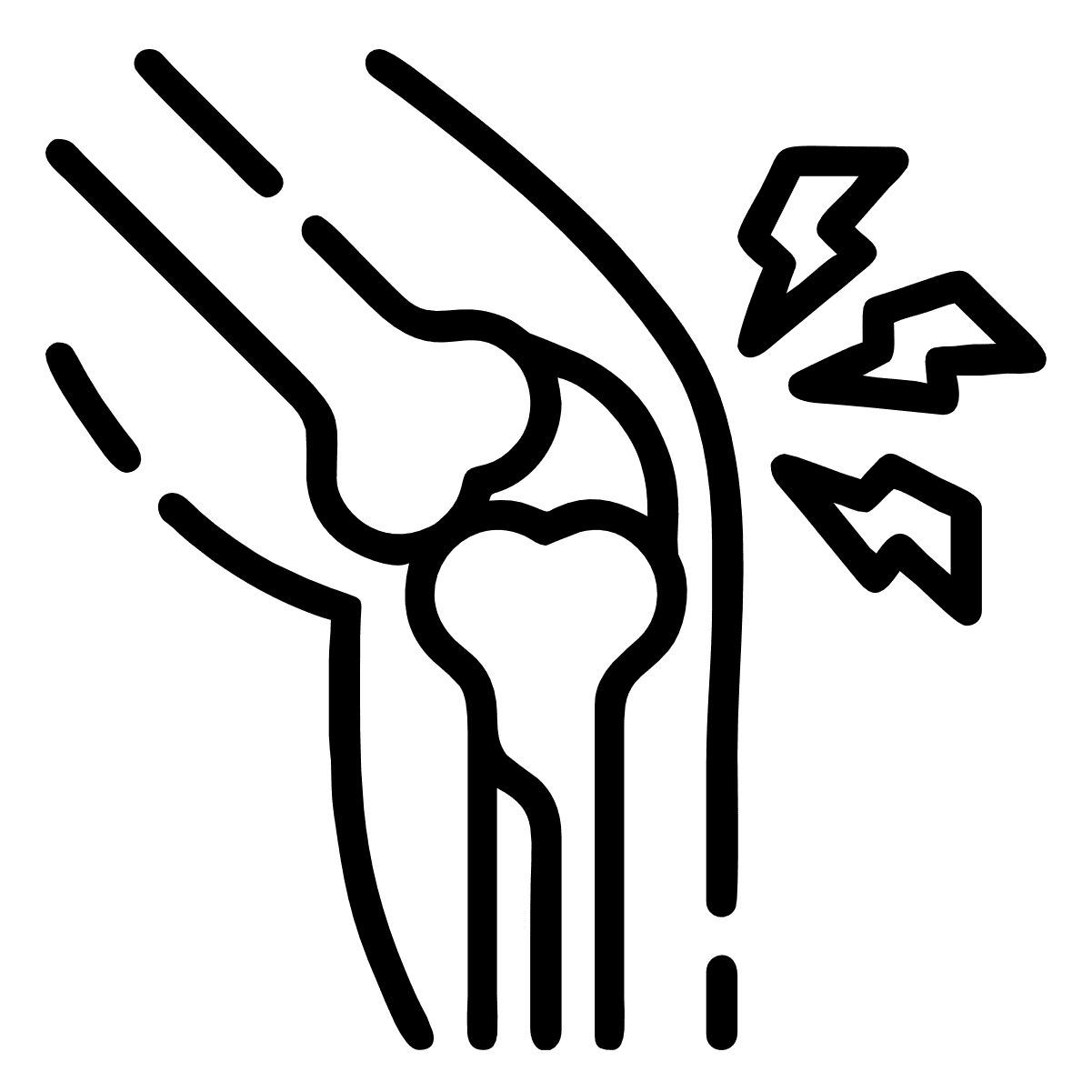 Rheumatic pains
Rheumatic pains  Constipation
Constipation 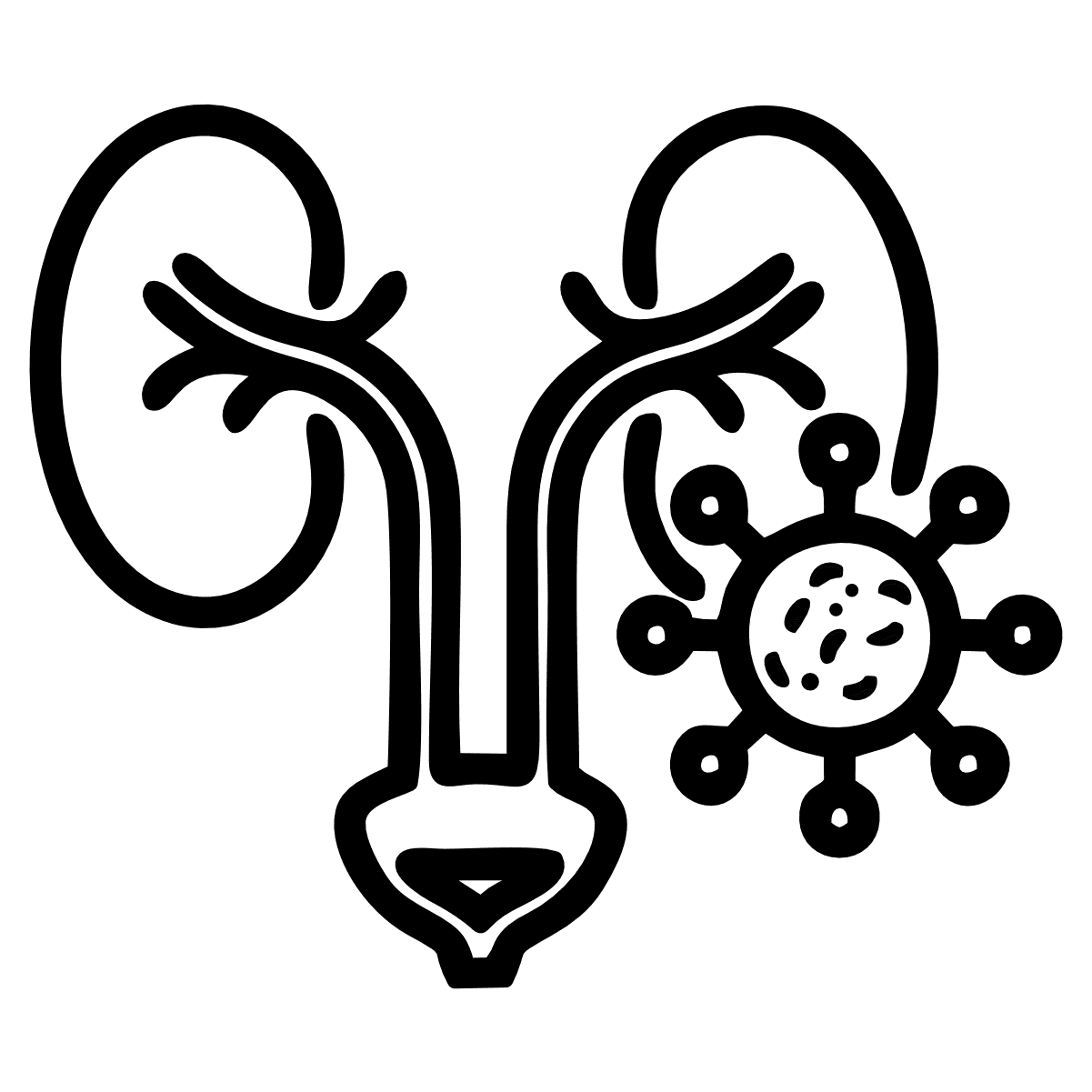 Urinary tract infection
Urinary tract infection  Menopause
Menopause  Obesity
Obesity  Purifying plants
Purifying plants 
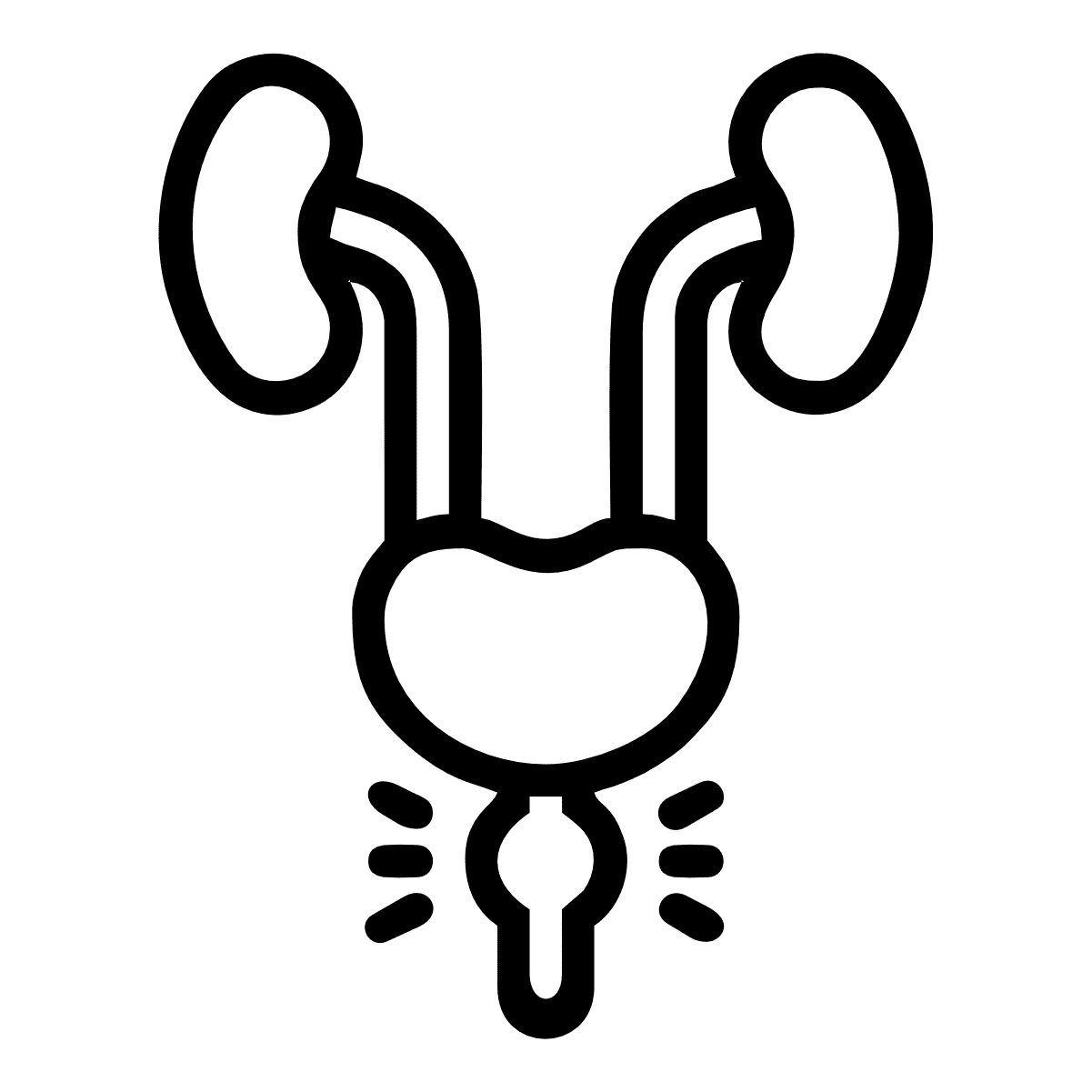 Prostatitis
Prostatitis  Glucose regulator
Glucose regulator  Digestive disorders
Digestive disorders  Hepatic disorders
Hepatic disorders 

